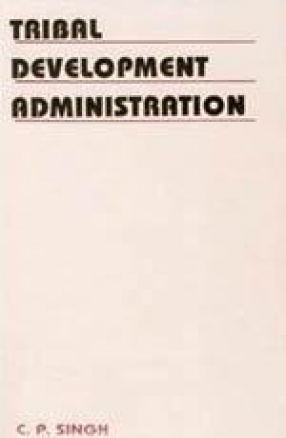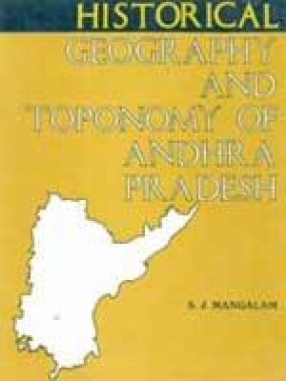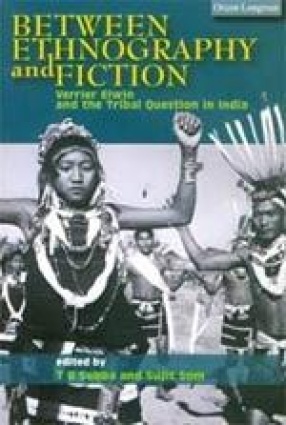Tribal Development Administration (A Case Study)
Synopsis
The Tribes constitute about 8 percent of the entire population of the country and about 90 percent of them live below the poverty line. Age-old social and cultural handicaps coupled with environmental factors have, to a significant extent, contributed towards their low-level of living. Besides, they have been victims of exploitation by non-tribal landlords, businessman and money lenders who could find access to the areas inhabited by them. Article 46 of the Constitution of India assured a progressive life to the members of the weaker sections of the Scheduled Castes and Scheduled Tribes in particular. The goal was to emancipate them from all forms of deprivation and exploitation. Naturally, the development to be effected was bound to be multidimensional. The crucial role to be played by the administrative machinery in such multidimensional development on hardly be emphasized. This study presents a comprehensive picture of tribal development administration in Santal Parganas in Bihar. Beginning with the evolution and administrative organization of tribal development administration in the district, the study very comprehensively presents the Picture of training mechanisms of development personnel, their powers, functions ad role, systems of supervision, control and co-ordination, and popular participation therein. The study concentrates on the actual behaviour and working of the administrative organization, attitude and zeal of the development personnel, and the perception and willingness of the tribal people themselves to accept the services rendered.
Read more
11.70
10.53
$
13.00 $
Free delivery Wolrdwidе in 10-18 days
Ships in 1-2 days from New Delhi
Membership for 1 Year $35.00
Get it now and save 10%
Get it now and save 10%
BECOME A MEMBER










Bibliographic information